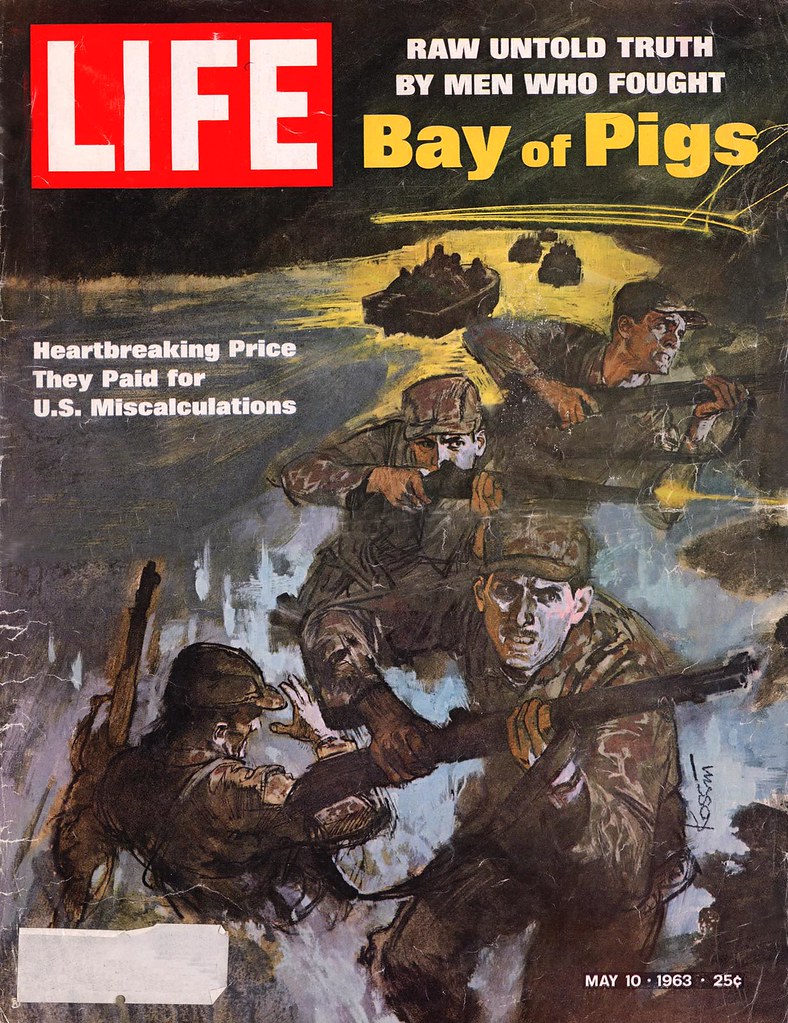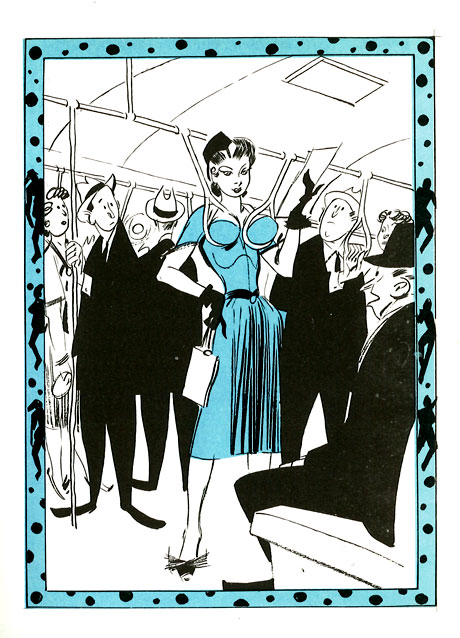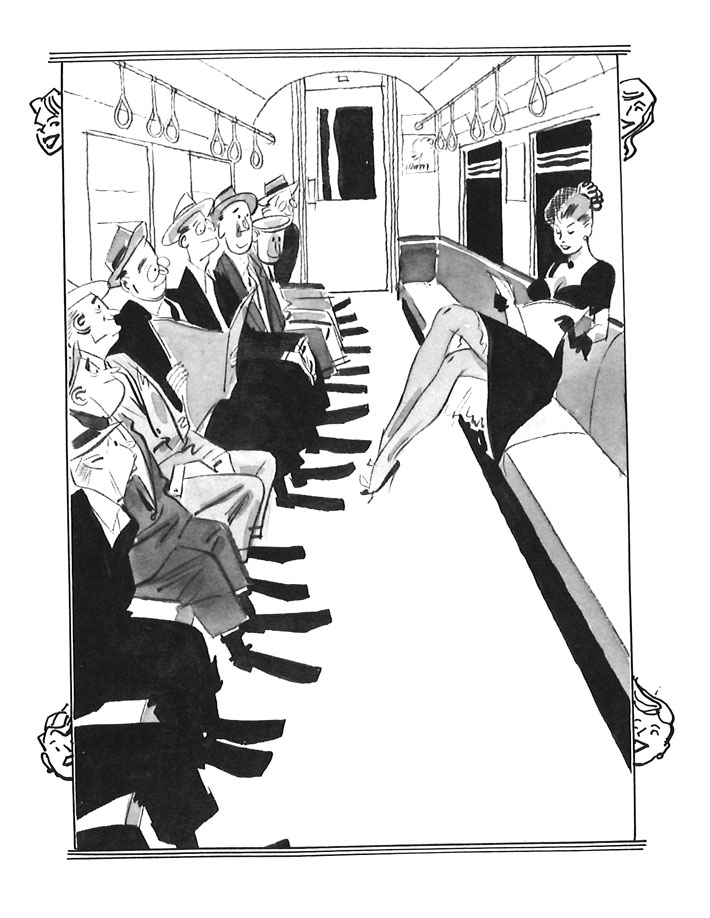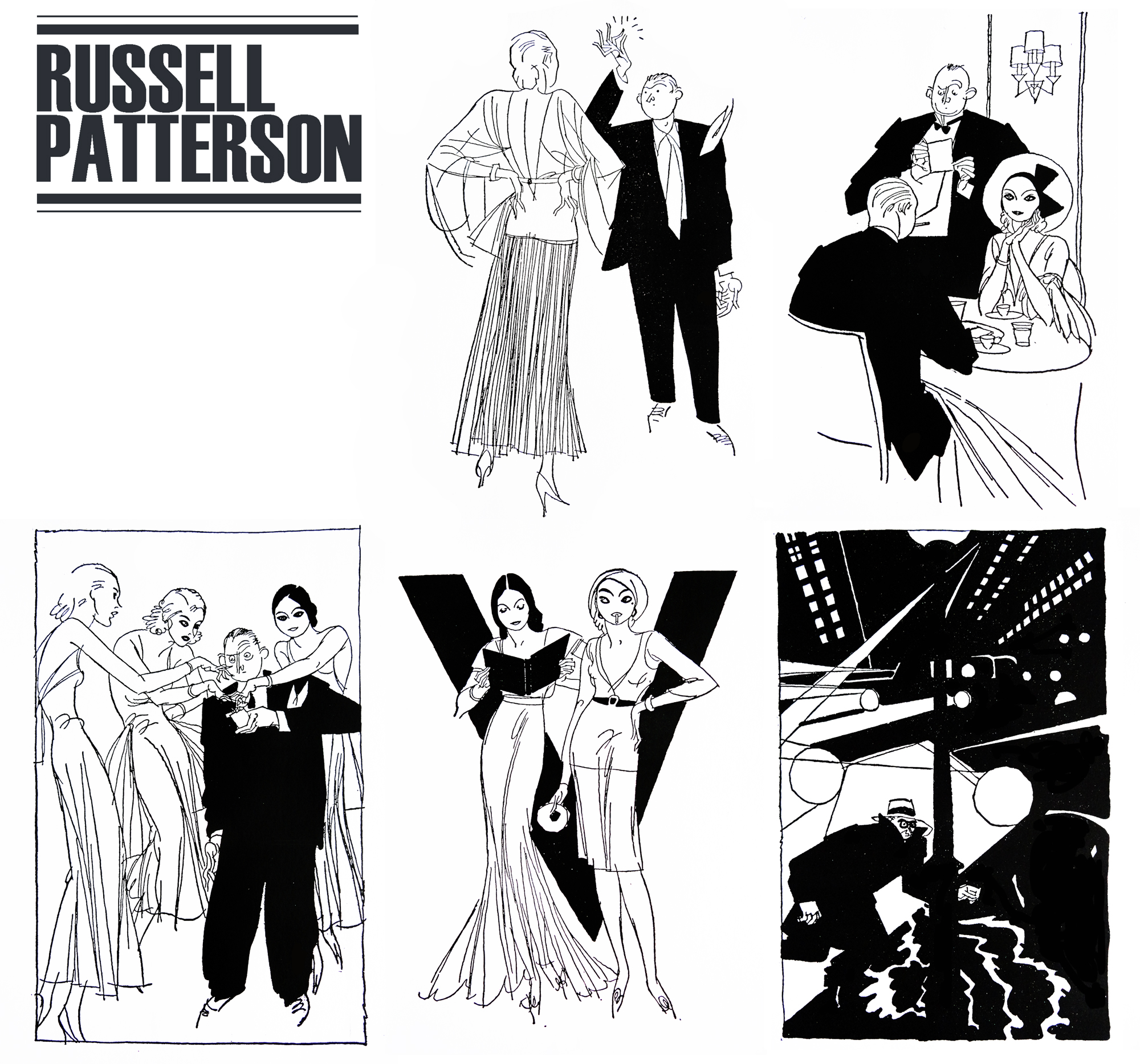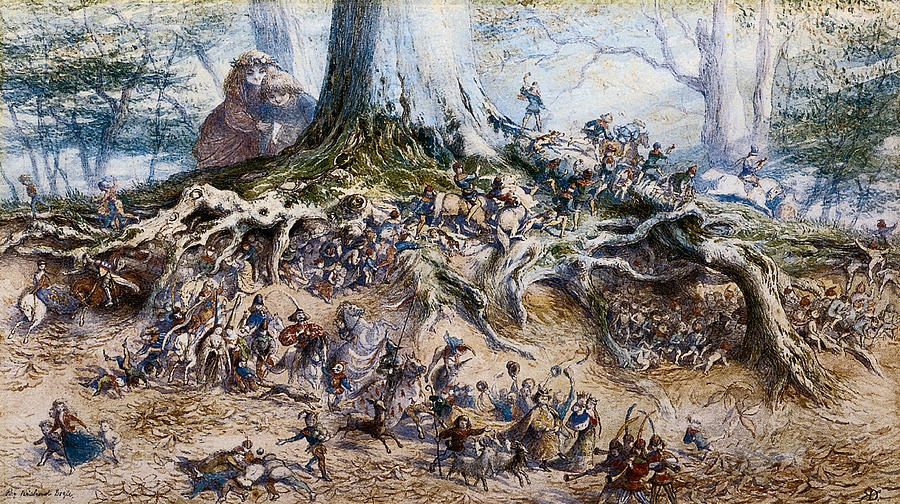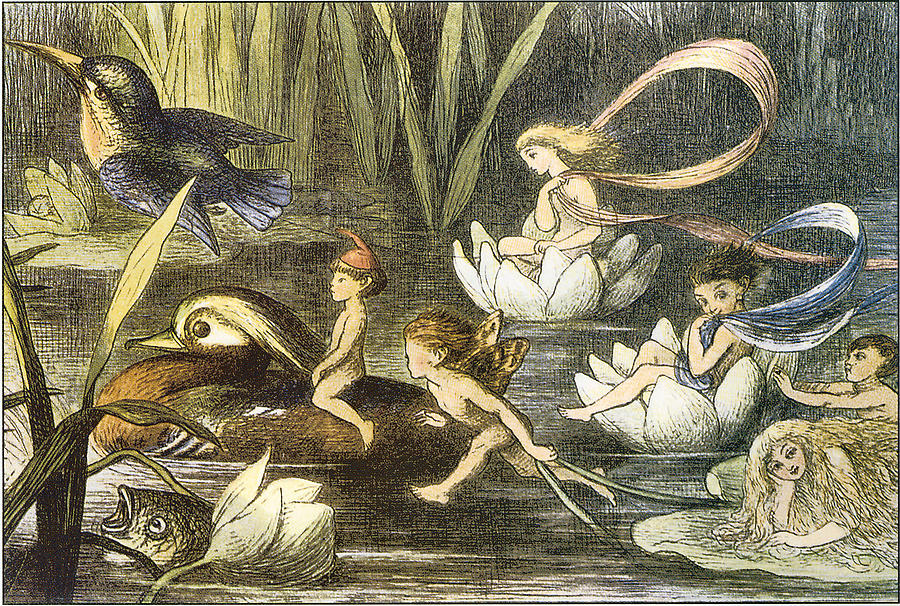“Bar’s work has been described as “deceptively simple”, featuring flat colours, minimal detail and negative space to create images that often carry double meanings that are not immediately apparent.”
Noma Bar is an Israel born graphic designer and illustrator who’s work has gained numerous recognitions and awards in recent years. His provocative, stark works are extremely conceptual while utilizing the most simplistic forms. He has truly refined the conceptual image, and is known for his flawless rendering of the “visual innuendo.”
Bar boasts a heavy publication list, including, but not limited to the likes of:
“Time Out London, BBC, Random House, The Observer, The Economist and Wallpaper*. Bar has illustrated over one hundred magazine covers, published over 550 illustrations and released three books of his work: Guess Who – The Many Faces of Noma Bar in 2008, Negative Space in 2009 and Bittersweet 2017, a 680 page 5 volume monograph produced in a Limited Edition of 1000 published by Thames & Hudson.”
~ Dutchuncle.com
Noma’s career is currently based in London, but began in his childhood. He would make caricatures of his teachers at school, and although crude, showed his potential from an early age. He also credits his creative influence to his neighbour, who would create life-sized sculptures out of extra farm machinery parts. He says that this laid the groundwork of his artistic visions, saying that it showed him that ‘you could take something and make it into something radically different, just by composition. That is the basis of all my work now.’
During the 1990 Gulf War, while seeking refuge in a bomb shelter in Israel, he noticed the striking resemblance that Iraqi leader Saddam Hussein’s face had to a radioactivity symbol, and he created the first portrait that would later exemplify his symbolic style. He would go on to create similar images of Hitler, as well as icons of the times.
He would study calligraphy, graphic design, and Hebrew typography at the Jerusalem Academy of Art where he would refine his graphic style. He would meet his wife and fellow graphic designer Dana Bar. Upon graduating in 2000, Bar would move to London to pursue his career, with his first major publication afterwards being a full page of William Shakespeare for the popular publication Time Out London. The couple is currently settled in Highgate, where they work doing freelance and contract labels, and live with their two daughters Mia and Lili. Bar has produced multiple books collecting his works in recent years, the most popular being “Guess Who? The Many Faces of Noma Bar,” and “Negative Space,” both acting as a purchase-able portfolio of his extensive works.
In summary, Noma Bar is a unique illustrator of the day. There are not many who can compare to the sheer intellect and wit that is able to be conveyed by such minimal shape and line. As a budding designer and illustrator, I can easily say how admirable his work is. It’s always easier to include more, to overcomplicate your pieces and to justify them via the image. Bar’s work sits on a level of sophistication that makes this a non-issue. He’s able to convey recognizable and high-level concepts while providing the smallest amount of information possible, something that I think all illustrators should strive for sometimes. He really redefines what the word “graphic” (giving a vivid picture with explicit detail) means. Unlike others, Bar trusts the audience to fill in the missing pieces on their own. The work stands on it’s own, and that’s hard to come across.





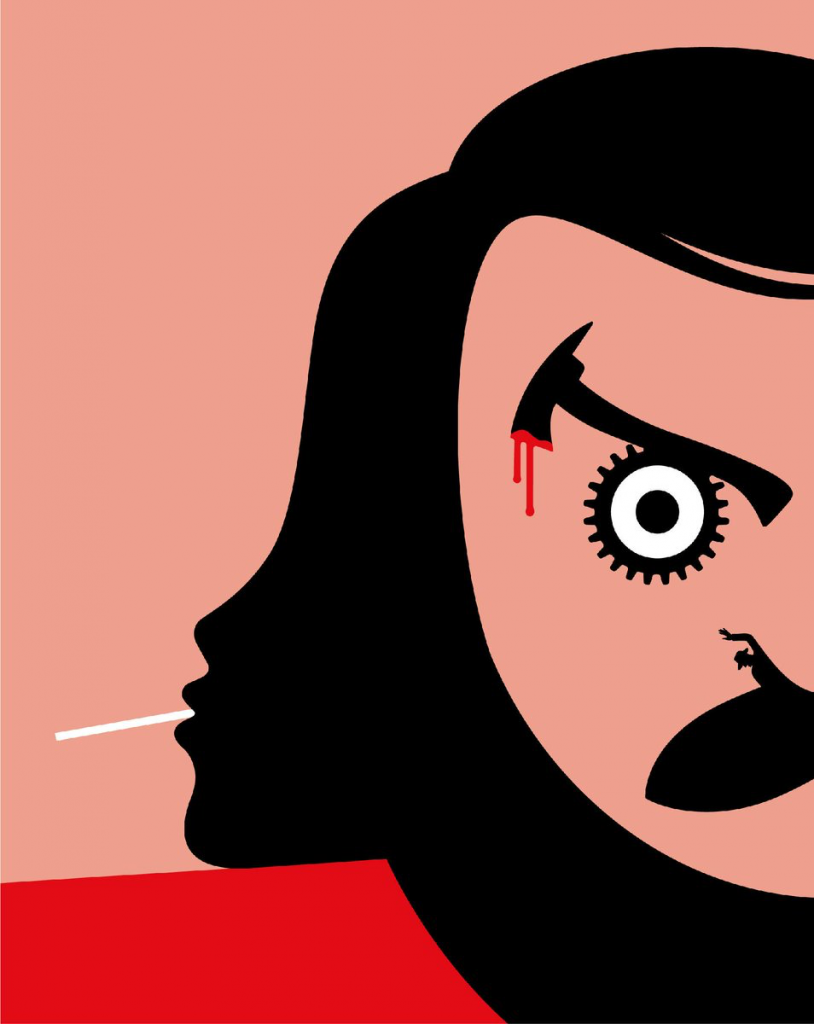

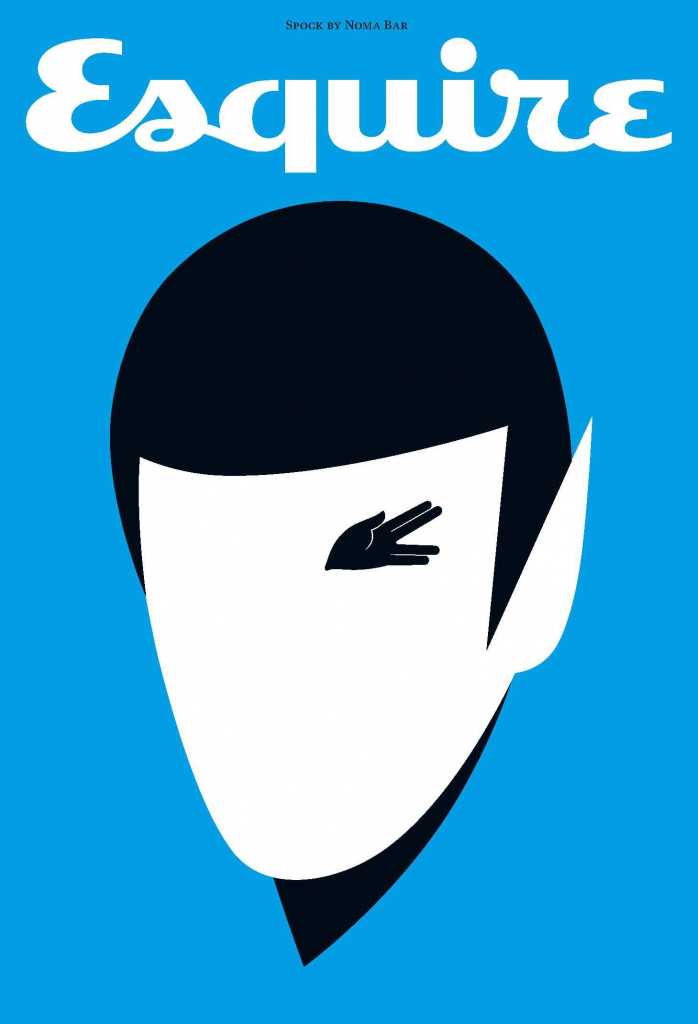


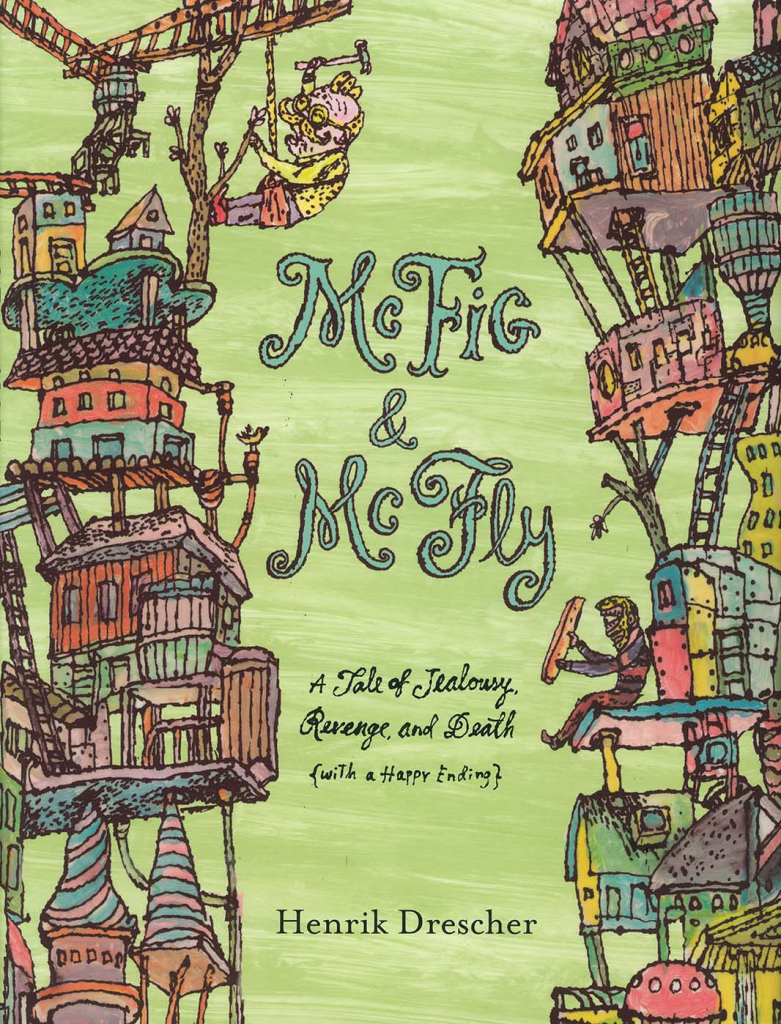

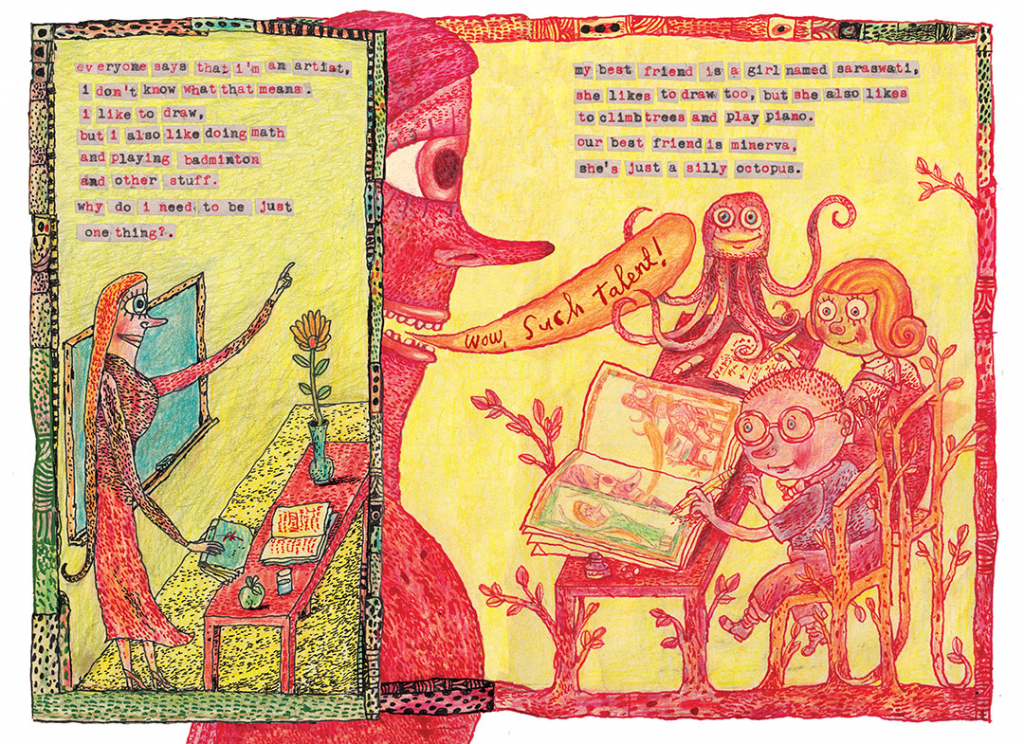

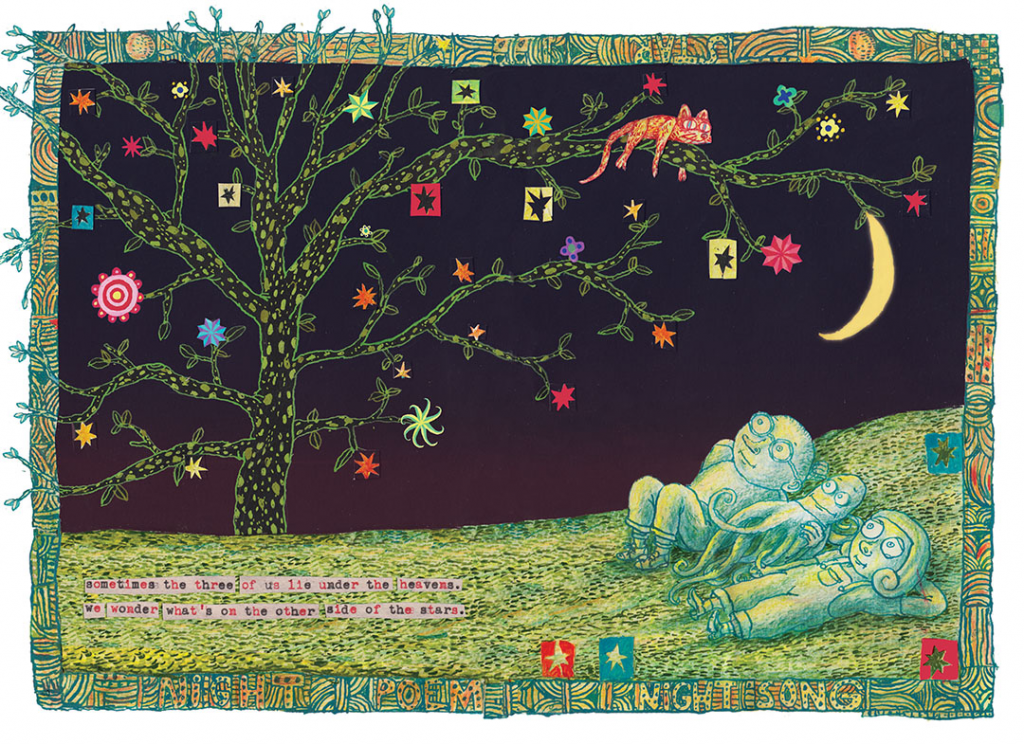
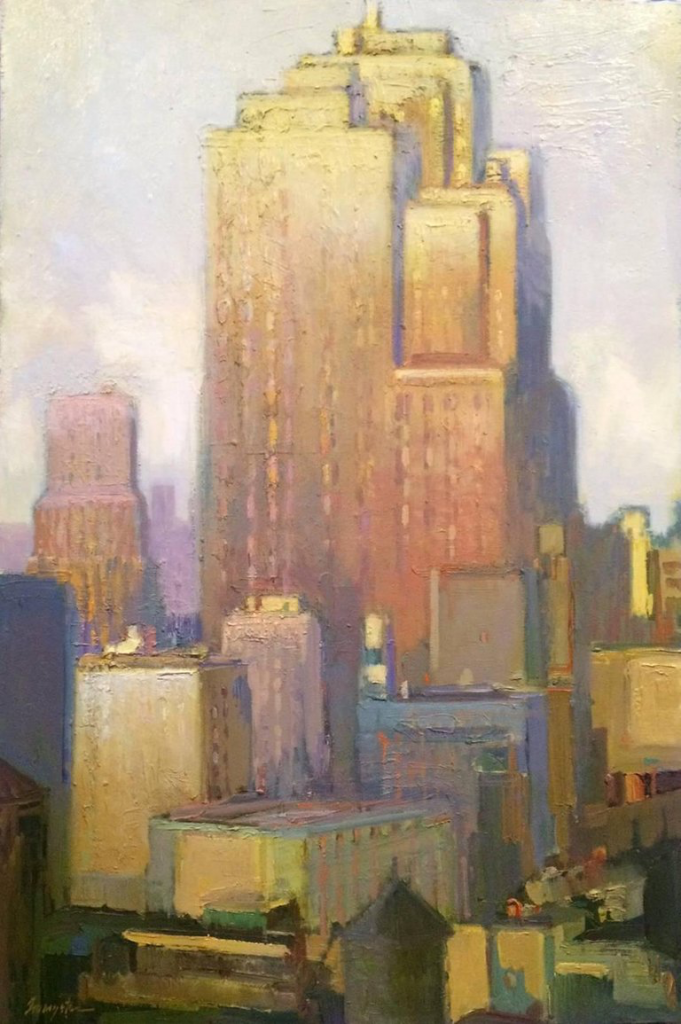







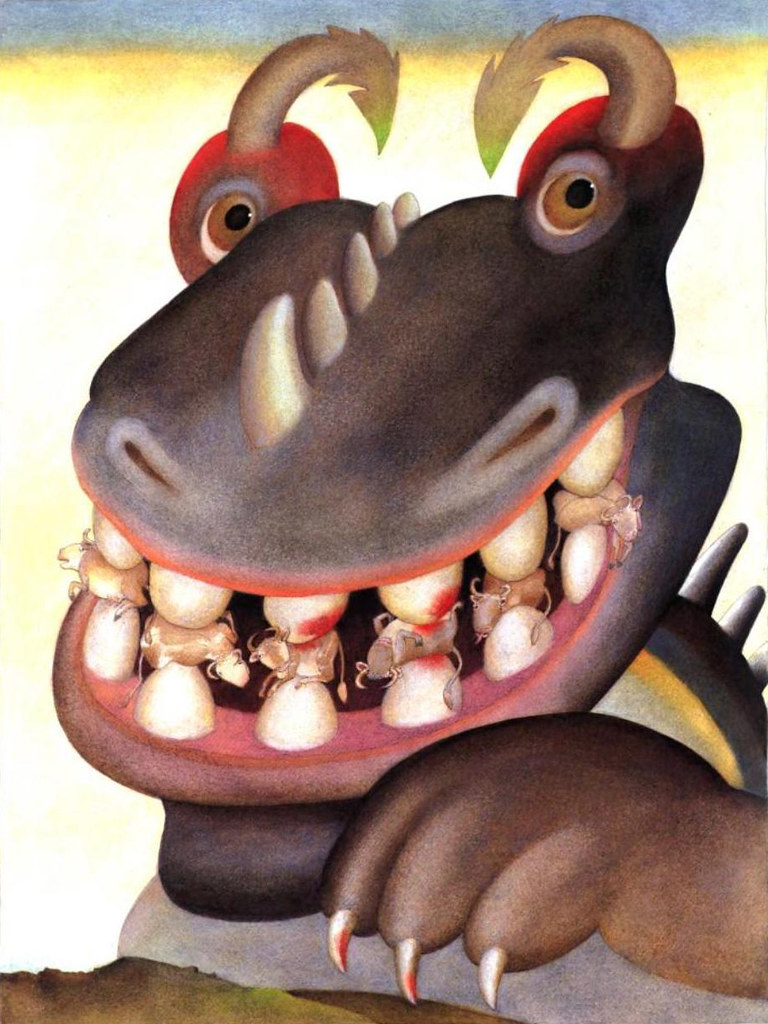

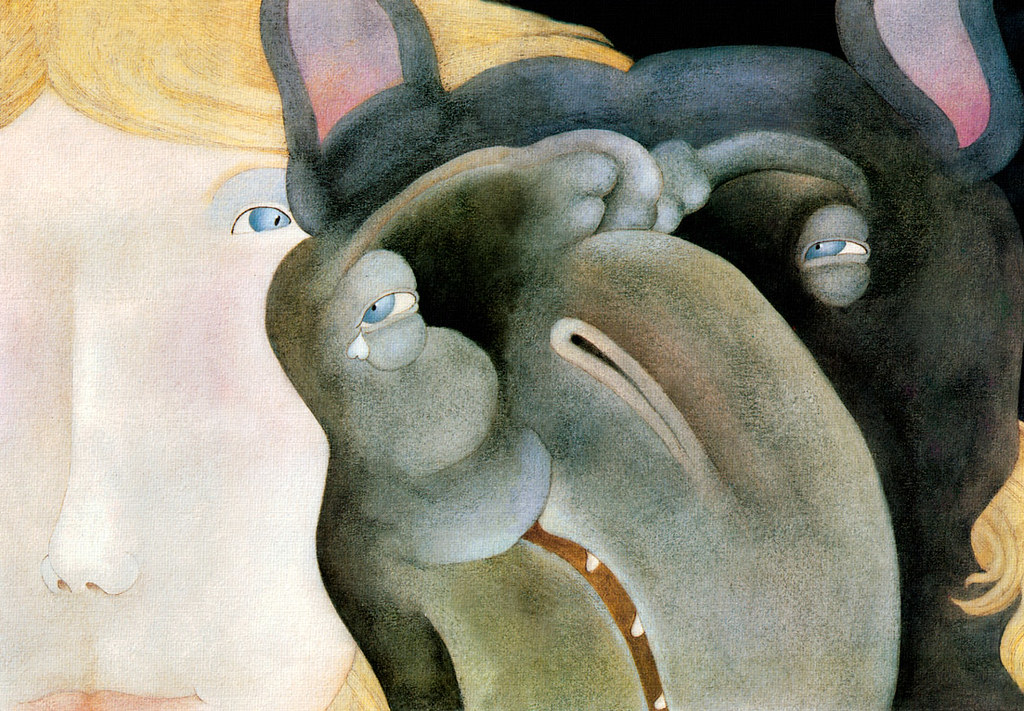

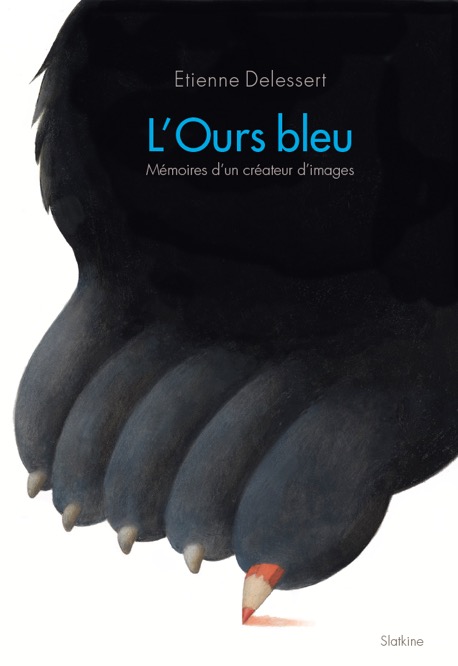
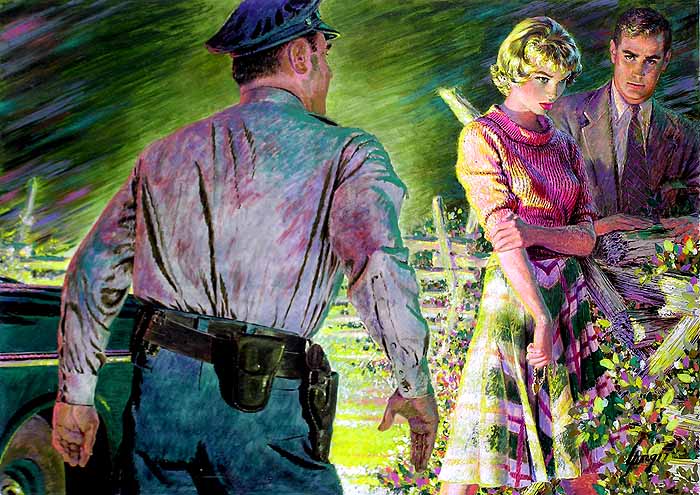
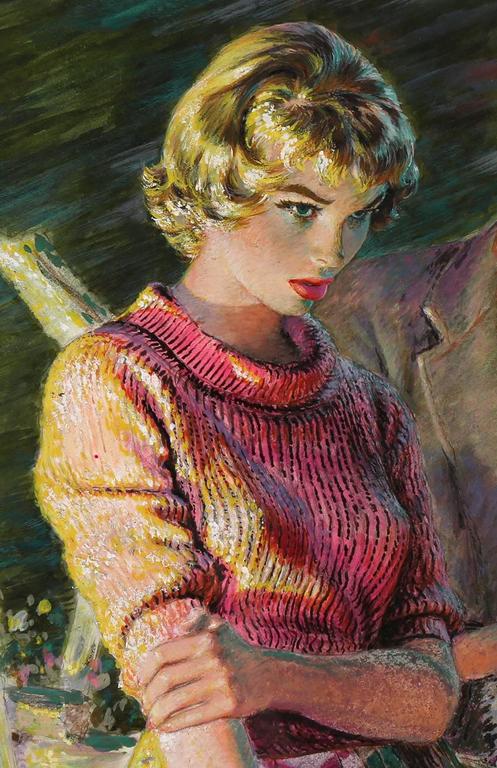
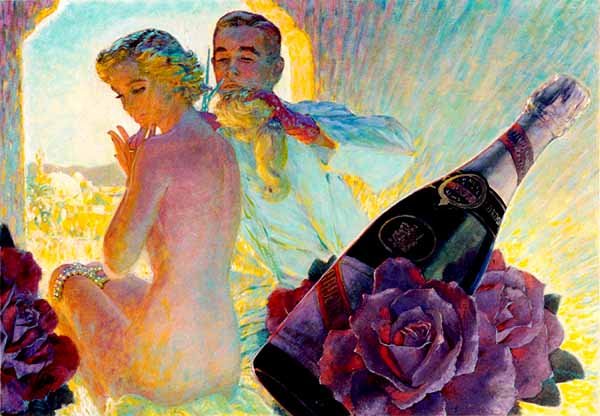
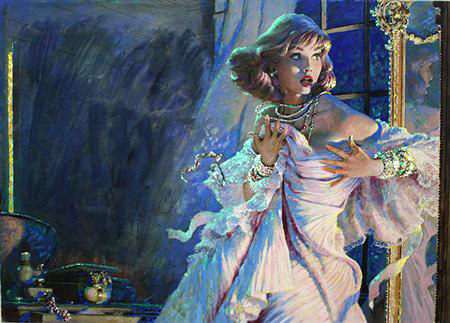




:focal(536x587:537x588)/https://public-media.si-cdn.com/filer/36/4a/364a861f-9f2f-43d5-810b-006b2b3ba2d0/kewpies-woman-suffrage-voting-kewpie-korner2.jpg)

